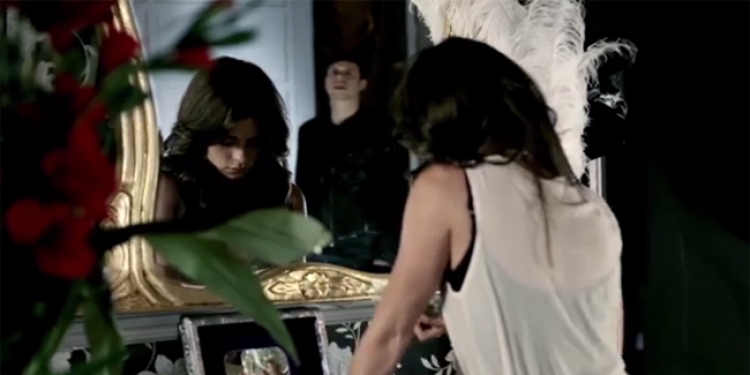Digital Storytelling: Narrative Techniques in Music Videos
In the dynamic landscape of multimedia, the fusion of music and visuals has become a powerful form of artistic expression. Music videos serve as a canvas where musicians and directors collaborate to convey narratives that complement the auditory experience. This article explores the realm of digital storytelling within music videos, delving into the diverse narrative techniques employed to captivate audiences in the digital age.

I. Visual Metaphors and Symbolism:
One prevalent narrative technique in music videos is the use of visual metaphors and symbolism to convey deeper meanings. Directors often employ symbolic imagery that aligns with the lyrical content, creating a multi-sensory experience for viewers. This interplay of visuals and music adds layers of interpretation, inviting audiences to engage with the material on a more profound level.
II. Non-linear Storytelling:
Unlike traditional linear storytelling, music videos often embrace non-linear narrative structures. Directors play with chronology, creating fragmented sequences that challenge viewers to piece together the storyline. This approach allows for a more immersive experience, as the audience becomes an active participant in deciphering the narrative puzzle.
III. Character Development and Archetypes:
Music videos frequently feature characters that embody archetypal roles, contributing to the development of a compelling narrative. Through the visual medium, directors can evoke emotions, tell stories, and explore the human experience. Characters become vessels for the music’s emotional tone, connecting the audience to the overarching narrative.
IV. Cinematic Influences:
Many music videos draw inspiration from cinematic techniques, borrowing elements from film to enhance storytelling. Directors utilize cinematography, lighting, and editing to create visually stunning narratives that mirror the cinematic experience. This convergence of music and film techniques elevates the art form and expands the storytelling potential within the constraints of a short video.
V. Interactive and Immersive Elements:
Advancements in technology have enabled the integration of interactive and immersive elements within music videos. Virtual reality (VR) and augmented reality (AR) technologies allow artists to transport viewers into fantastical worlds, blurring the lines between reality and fiction. These immersive experiences heighten emotional engagement, providing audiences with a unique and unforgettable narrative encounter.
Conclusion:
Digital storytelling in music videos represents a fusion of creativity, technology, and artistic expression. Directors leverage visual metaphors, non-linear storytelling, character development, cinematic influences, and immersive elements to craft narratives that resonate with audiences on a profound level. As technology continues to evolve, so too will the possibilities for pushing the boundaries of storytelling within the dynamic realm of music videos.






